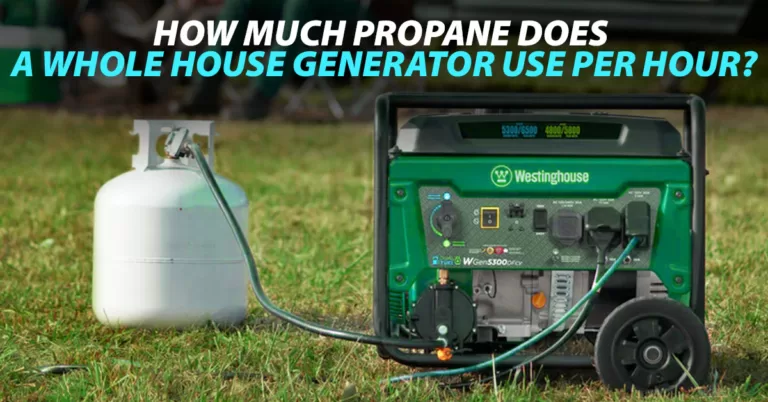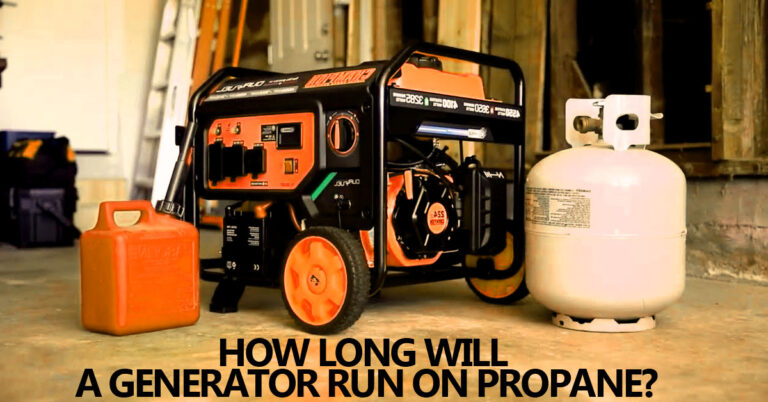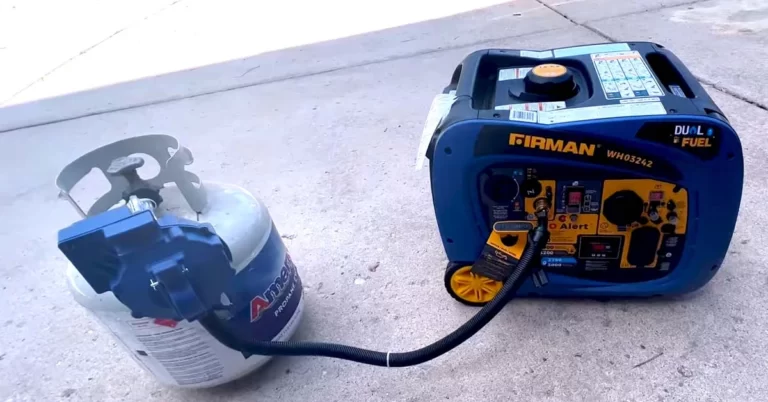How To: Connecting Two Generators In Parallel
Paralleling two generators may improve the available power for certain applications or provide a dependable supply of backup power. However, before trying to link generators in parallel, it is crucial to adequately plan and adhere to safety procedures. The processes required to connect two generators in parallel securely and efficiently, as well as advice for maintenance and troubleshooting, are outlined in this overview. You can make sure that your generators are connected properly and running effectively by following these instructions.
Preparation: Connecting Two Generators In Parallel
The first step in connecting generators in parallel is preparation. You should try to connect the generators before doing so.
- Check to see whether the two generators can run in parallel. It is vital to check the manufacturer’s specs to confirm if it is feasible since not all generators can be linked in parallel.
- Make sure the two generators are operating properly. This entails examining the generators’ general performance as well as their oil and fuel levels and properly grounded. Before trying to link the generators in parallel, any problems should be fixed.
- Assemble the tools and supplies that are required. Extension cords, cable ties, wire strippers, wire nuts, and a voltage meter may be included in this.
It’s crucial to carefully consider where the generators will be placed. To allow for appropriate airflow and lower the danger of fire or explosion, they should be positioned in a well-ventilated location and at least three feet apart. Follow all the manufacturer’s safety instructions and make sure the generators are sturdy and secure.
Connection Process: How To Connect Two Generators In Parallel?
Install Generators In The Proper Area
It’s crucial to thoroughly consider where the generators will go before trying to connect them. To ensure appropriate airflow and lower the possibility of fire or explosion, they should be positioned in a well-ventilated environment. Follow all the manufacturer’s safety instructions and make sure the generators are sturdy and secure.
For optimal ventilation and to lower the danger of fire or explosion, it’s also crucial to space the generators at least three feet apart. Select a position with a sturdy surface that can sustain the weight of the generators and is conveniently accessible.
Attach The Ground Wires
Locate the ground wire on each generator before connecting it to the others. A safe channel for electricity to flow in the case of a failure is provided by the ground wire, which is commonly colored green or left bare.
The ground wires of both generators should be joined using a wire nut. Then, to provide further insulation and seal the connection, wrap the wires with electrical tape.
Attach The Neutral Wires
The electrical circuit is finished with the neutral wire, which also serves as a conduit for electricity to return to the power source. Find the neutral wire on each generator before connecting it to the others. Typically, neutral wires are either white or grey in color.
The neutral wires of both generators should be joined using a wire nut. Then, to provide further insulation and seal the connection, wrap the wires with electrical tape.
Connecting The Phase Wires
Electricity is moved between the generators and the load via the phase wires. Find the phase wires on each generator before connecting them together. The phase wires may have the designations “L1,” “L2,” or “L3” and are commonly colored red, black, or blue.
The phase wires of both generators should be connected using a wire nut. Then, to provide further insulation and seal the connection, wrap the wires with electrical tape.
Start Generators And Verify That They Are Operating Properly
Connect the generators, then test their functionality by turning them on. Make sure the connections are solid and the generators are delivering the right voltage by using a voltage meter.
Shut down the generators and inspect the connections for loose or frayed wires if the generators are not delivering the proper voltage or if there are any other problems. Consult a licensed electrician for help if you are unable to fix the problem.
Troubleshooting
Regular Maintenance
It’s crucial to routinely inspect and repair your generators if you want to make sure they’re running effectively. Checking the oil and fuel levels as well as the generators’ general performance may fall under this category. Any problems should be fixed as soon as possible to avoid generator damage or downtime.
In addition, it’s crucial to adhere to the manufacturer’s suggested maintenance plan, which may call for actions like air filter cleaning, spark plug replacement, and oil changes. Your generators’ lifespan may be increased, and you can make sure they are ready to use when you need them by completing routine reset maintenance.
Resolving Typical Problems
Even with routine maintenance, your generators could sometimes have problems. When connecting generators in parallel, several typical problems might arise, including:
Loss Of Power
The fuel supply or the generator’s engine might be the cause of the generator’s power loss. To identify the root of the issue, check the fuel levels and refer to the manufacturer’s troubleshooting manual.
Overheating
If the generators are overheating, it may be because of a cooling system issue or a lack of ventilation. To identify the root of the issue, check the airflow around the generators and refer to the manufacturer’s troubleshooting manual.
You can reduce downtime and make sure that your generators are running effectively by being aware of typical problems and learning how to fix them.
Conclusion
Paralleling generators may improve the available power for certain applications or provide a dependable supply of backup power. However, before trying to link generators in parallel, it is crucial to adequately plan and adhere to safety procedures.
You can connect two generators in parallel securely and efficiently by following the requirements provided in this outline. The generators may be kept working effectively and prepared for use when necessary by performing routine maintenance and addressing typical problems.
Stressing the need to take safety measures and keep generators in good working order is also crucial. By exercising care, you may guard against mishaps and guarantee that the generators will function effectively when required.
FAQs
Is It Possible To Link Any Two Generators In Parallel?
No, not every generator can run in parallel. To make sure that the generators can run in parallel, it is crucial to review the manufacturer’s requirements.
Is Connecting Generators In A Parallel Safe?
Yes, as long as the necessary safety procedures are taken, connecting generators in parallel may be safe. Wearing safety clothing, adhering to the right grounding protocols, and positioning the generators in an area with good ventilation are all examples of this.
What Advantages Can Parallel Generator Connections Offer?
The advantages of securing generators in series include:
Increased power output:
Paralleling generator connections may boost the amount of power available for certain uses.
In the event of a power loss, connecting generators in parallel might provide a dependable supply of backup power.
Cost-effectiveness:
Purchasing a single generator with a greater power output may be more expensive than connecting many generators in parallel.
How Can I Put The Generators Together In Parallel?
Observe these methods to securely link two generators in parallel:
Place both generators where they should be.
Both generators’ ground wires should be connected.
Both generators’ neutral wires should be connected.
Phase wires from both generators should be connected.
Check for correct functioning by turning on both generators.
Do I Need To Link Generators In Parallel Using A Transfer Switch?
When connecting generators in parallel, a transfer switch is not required, although it may be helpful for securely transferring power between the utility and the generators.
Can I Connect The Generators With Extension Cords?
Yes, you may connect the generators with extension cords, but it’s necessary to use extension cords that are rated for the generators’ wattages and the distance between them.
How Can I Determine If The Generators Are Generating The Right Voltage?
A voltage meter may be used to gauge the generators’ output voltage. For the right voltage for your generators, refer to the manufacturer’s requirements.







